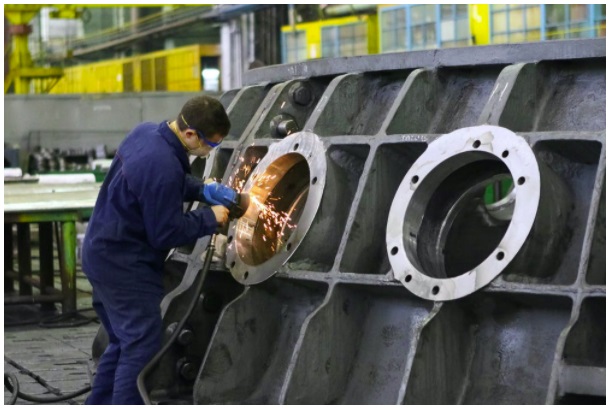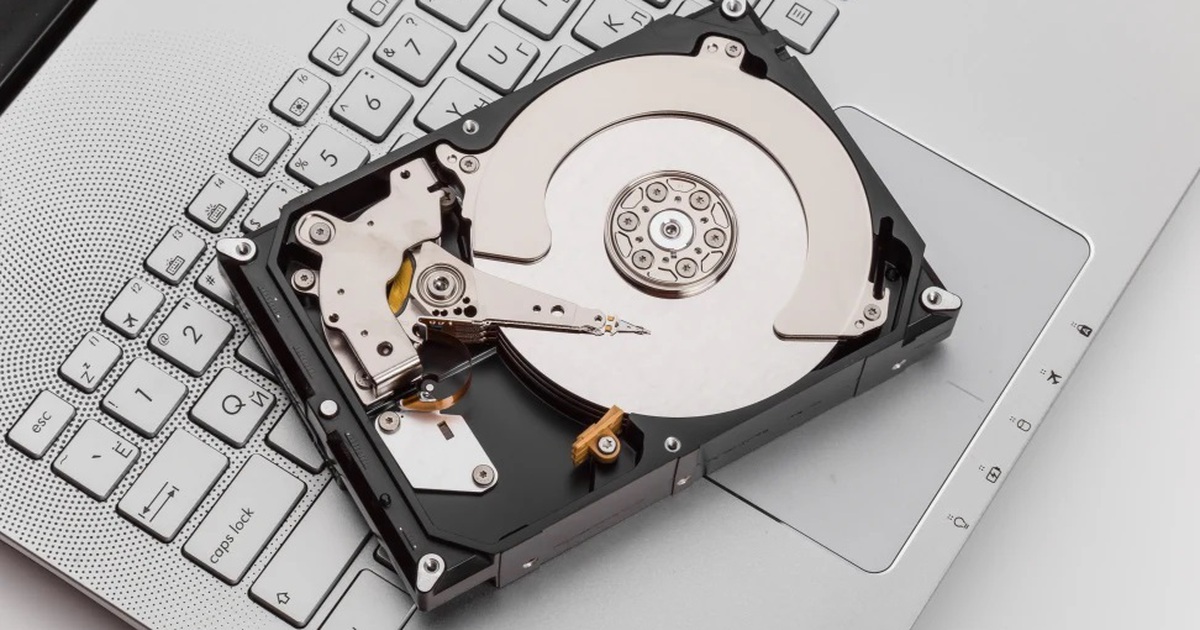Factors Affecting The Extrusion Process: What You Need To Know
This manufacturing process is beneficial when you want to create something with exact specifications. Due to this, extrusion has countless applications across several industries, including electronics, automotive, energy, architecture, and aerospace.
 Picture 1 of Factors Affecting The Extrusion Process: What You Need To Know
Picture 1 of Factors Affecting The Extrusion Process: What You Need To Know
Aluminum extrusions are incredibly popular since they're lightweight, durable, corrosion-resistant, and an excellent thermal conductor. In 2018, the global aluminum extrusion market was worth $75.1 billion and is expected to grow at a CAGR of 5.1% by 2027.
The demand for products created with aluminum extrusion is higher than ever because of the launch of electric and hybrid vehicles, as well as the expansion of the global construction industry. Like any other manufacturing process, to implement extrusion effectively, it's essential to understand what factors affect this manufacturing process.
Extrusion Metallurgy
Extrusion saves a considerable amount of money and time for manufacturers. It can also lead to better fabrication, depending on the details of the extrusion process and the properties of the metals used.
While you can consider a number of materials, such as lead, magnesium, tin, and copper, for extrusion, the most popular metal, as mentioned above, is aluminum. Whichever metal you consider for the extrusion process, note that it needs to be ductile. A metal's ductility dictates that it can be stretched into wire or hammered thin without breaking.
Hot and Cold Extrusion
There are two ways the extrusion process is carried out: hot and cold. Hot extrusion is preferred for extended lengths, while cold extrusion is better for small metal and cup-shaped parts such as fire extinguisher cases and gear blanks.
Hot Extrusion
The extrusion process usually requires metals to be heated before they're extruded. This heating enhances grain mobility which, in turn, boosts ductility. Note that you shouldn't overheat metals since this can turn the metal into liquid. The greater the ductility of the metal, the easier it is to push it through the extrusion die at any time.
Heating the metal prior to the process also leads to recrystallization. This metallurgical behavior purifies impure compounds in the solvent and creates yield elongation and strength, and boosts tensile strength, all factors that improve the quality of extruded aluminum.
Cold Extrusion
In contrast, in cold extrusion, the metal isn't heated before it's pushed through the die. Since there's relatively less grain mobility, this process does require more force. However, it's also faster, demands less energy, and can create larger sections, which is why it may sometimes be preferred over hot extrusion.
Compared to hot extrusion, though, cold extrusion isn't as accurate since the metal isn't fluid enough to fill all sections of the die. However, it can provide a better surface finish and dimensional accuracy since hot alloys experience scaling and surface oxidation.
This causes surface tears, and while it can be fixed with stretching, it does cause hardening, which could alter the material's properties. While deformation can occur in cold extrusion, too, it happens to a lesser degree.
Controlling The Temperature
 Picture 2 of Factors Affecting The Extrusion Process: What You Need To Know
Picture 2 of Factors Affecting The Extrusion Process: What You Need To Know
Extrusion speed and temperature significantly affect factors like surface finish, grain orientation, and size. It would help if you focused on maintaining speed and temperature to ensure the extruded section has consistent properties throughout.
As mentioned earlier, hot extrusion is preferred, which is why the extrusion process typically starts with heating the dies and the metal billet. The key is to get the metal to its recrystallization temperature, so the extrusion process is quick and requires less force.
It's important to note that the extrusion process heats the metal, which, in turn, heats the extrusion die. The heating alters the material properties and extrusion speed and, to prevent this alteration, you can follow multiple techniques, including reducing the extrusion speed, controlling the die and press temperatures, and using tapered heating on the billet.
You can control the extrusion speed by measuring the exit temperature, which is the metal's temperature as it leaves the die. Every metal and its grade has its own requirements, and once the temperature is measured, it's fed back to the controller, so the ram pressure is adjusted to ensure the speed is constant.
Maintaining Consistency
Aluminum extrusion, or extrusion with any metal, dramatically contributes to fabrication if the properties are consistent throughout. To achieve that, you need to ensure you have complete control over the entire extrusion process, especially its temperature.
It's particularly challenging to measure the temperature of moving metal. While thermocouples can measure the temperature of the surface the metal touches, it's still an indirect way to go about it.
A recent development that you can consider is infrared pyrometry that helps you measure temperature effectively. Instead of having direct contact with the metal, it instead measures the heat given off by the metal.
It's particularly challenging since aluminum's low emissivity prevents it from radiating too much heat. However, new technologies have made measuring heat easier and, combined with better methods of speed control, have enhanced the consistency of aluminum extrusion.
Final Thoughts
Aluminum extrusion is a critical manufacturing process used to create parts with cross-sectional profiles by pushing a heated alloy material through a die. In recent years, demand for lightweight and miniaturization has increased in several industries.
While the extrusion process can be demanding and the result is dependent on several factors as outlined above when done right extrusion can present several advantages for any manufacturing process.
You should read it
- What factors affect CPU performance?
- How much money do programmers in the US earn each year?
- Research shows that smartphones are the most destructive environmental factors
- 4 important factors to pay attention to detect lies
- Want to manage many sources of income well, please grasp these 6 important factors
- Factors to consider when buying hydropower
- The Top Factors that Affect Your Car Interest Rate and How to Improve Them
- 3 factors to keep in mind when buying Samsung TVs
- Factors that help Galaxy M32 score: The best screen in the segment, huge 6000mAh battery...
- How to choose the right TV for home theater
- Choose to buy safe, cheap aluminum ladders
- How to clear WordPress cache
May be interested

Different Types of Hosting Solutions For Businesses

8 Cyber Security Tips that Everyone Should Be Aware of

How to increase the storage capacity of the computer hard drive is completely free

More than Bitcoin, how is the NFT driving the world crazy?

Detect hardware Trojans using machine learning technology

How to assess application security before installing on iPhone






 What factors affect CPU performance?
What factors affect CPU performance? The process of sperm formation and the 5 facts startle you
The process of sperm formation and the 5 facts startle you How much money do programmers in the US earn each year?
How much money do programmers in the US earn each year? 4 important factors to pay attention to detect lies
4 important factors to pay attention to detect lies Research shows that smartphones are the most destructive environmental factors
Research shows that smartphones are the most destructive environmental factors To speed up the Windows 7 boot process, read this article
To speed up the Windows 7 boot process, read this article